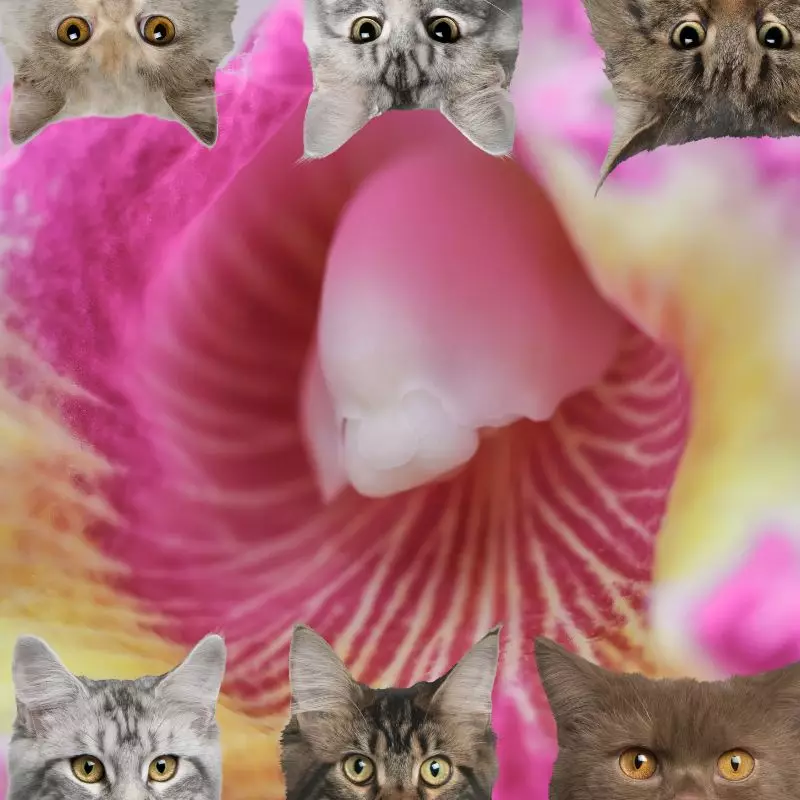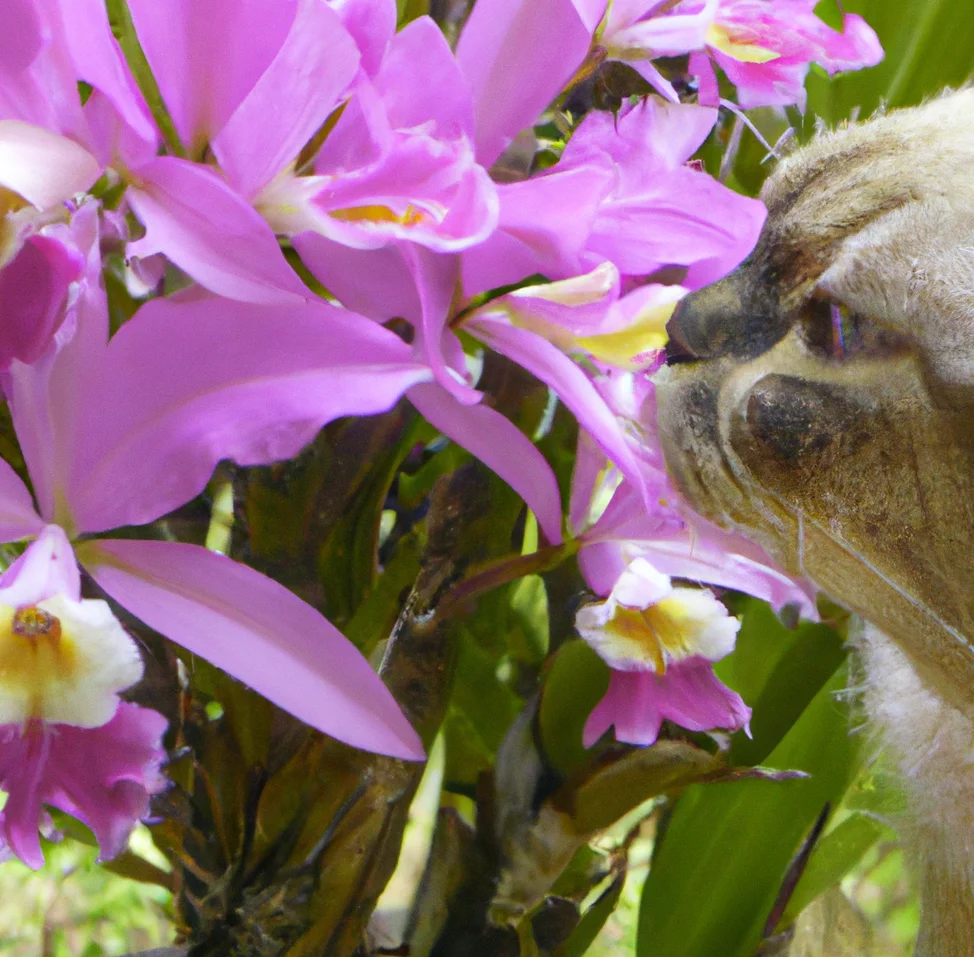No, Cattleya Labiata, commonly referred to as the crimson cattleya or ruby-lipped cattleya, is not toxic to cats. Ensuring the well-being of pets and their safety around various plants is of utmost importance.
This article has been crafted in collaboration with a team of experienced DVMs (doctors of veterinary medicine) who bring their expertise to the table. Their valuable contributions allow us to offer accurate and up-to-date information concerning potential risks associated with different plants, especially in the context of Cattleya Labiata and its effects on cats. Furthermore, our research is deeply rooted in information sourced from high-authority websites such as the ASPCA and PetMD.
It’s noteworthy to mention that Cattleya Labiata is recognized on the ASPCA’s list of non-toxic plants and is also reported to be safe not just for cats, but for dogs and horses as well.
However, it’s important to highlight that while the plant is non-toxic, consumption of it by cats may still lead to digestive discomfort. The specifics of which will be discussed in detail further in this article.
Can Cats Eat Cattleya Labiata?

A tiny bite of this plant should not worry cat parents. Cattleya labiata do not contain toxins that can cause hazardous effects in cats. Cats can safely touch, lick, and nibble on this plant without suffering from life-threatening consequences.
But, you should still practice safety measures when it comes to your cat’s consumption of plants. While plants may provide fiber to your feline companions, excessive ingestion of plant materials may cause cats to suffer from gastrointestinal problems.
Cats are carnivorous creatures. Carnivores’ main source of food is meat and they do not have enough enzymes in their bodies to completely digest plant material. Thus, eating too many plants will typically result in indigestion.
What is Cattleya Labiata?

Common names for cattleya labiata are crimson cattleya and ruby-lipped cattleya. It belongs to the family of orchids, Orchidaceae.
Cattleya labiata is a Cattleya species that grows in northeastern Brazil. They develop to varying sizes depending on where they come from. There are cattleya types with small yet colorful blooms, the majority of them are lilac. The flower’s inside has a dark violet tint. Some are larger in size and have larger blooms. Some species, such Cattleya labiata var. Semialba has huge white blooms with a golden tinge. Another semi-alba variant has lilac in the inferior half of the blossom. This plant is an epiphyte, meaning it grows in trees where there is plenty of light.
Cattleya labiata is one of the most widely grown cattleya species. It has been crossed with many other orchid genera, resulting in hundreds of spectacular hybrids. Cattleya labiata is frequently used in corsages.
Keeping Cats Away From Cattleya Labiata
 Growing cattleya labiata at home is nice as it adds beauty to your gardens and interiors. To protect these beautiful blooms from your cats’ paws, you can try some hacks that we also learned from other cat parents.
Growing cattleya labiata at home is nice as it adds beauty to your gardens and interiors. To protect these beautiful blooms from your cats’ paws, you can try some hacks that we also learned from other cat parents.
Making your plants undesirable for your cat will prevent them from eating your plants. You can achieve this by using natural deterrents like bitter apple or vinegar to drive away your cats. Cats do not like vinegar and bitter apples so they are great choices for deterrents.
Cats also dislike aluminum foil and adhesive tapes. You can place aluminum foil on your garden soil to prevent your cat from stepping or getting near your plants. You may also wrap your plant pots with double-sided adhesive tape to prevent them from scratching the pots.
Plants to Avoid For Your Cats
If you are a cat owner and unsure if the plants growing in your yard are harmful to your cats, check out this list of toxic plants for cats. You can also check our list of non-toxic plants for cats.





